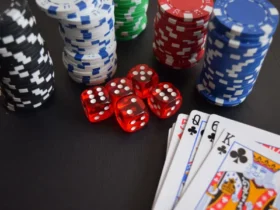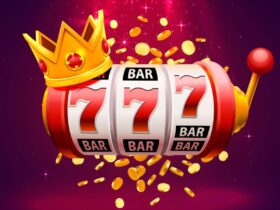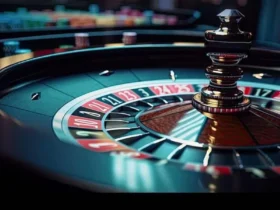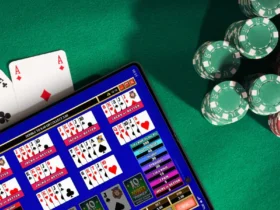When it comes to the world of casino games, blackjack stands out as a classic favorite among players. The game’s simplicity and strategic depth have made it a staple in both land-based and online casinos. However, within the realm of blackjack, there exist various variants that offer unique twists and rules that can significantly impact the game’s house edge. Understanding these variants and their associated house edges is crucial for players looking to maximize their chances of winning. Let’s delve into the world of blackjack variants and explore how they can influence the odds in the player’s favor.
Classic Blackjack
Classic blackjack, also known as traditional blackjack or American blackjack, is the most widely recognized variant of the game. In classic blackjack, the goal is to beat the dealer by having a hand value closer to 21 without exceeding it. The house edge in classic blackjack typically hovers around 0.5%, making it one of the most favorable variants for players.
European Blackjack
European blackjack shares many similarities with its American counterpart, with the key difference lying in the dealing of cards. In European blackjack, the dealer receives only one card face up at the beginning of the game, reducing the likelihood of the dealer having a natural blackjack. This slight variation gives players a slightly higher edge compared to classic blackjack, with the house edge usually around 0.39%.
Spanish 21
Spanish 21 is a unique variant of blackjack that is played with a Spanish deck of cards, which excludes the 10s. Despite this seemingly disadvantageous rule, Spanish 21 offers players favorable odds by introducing a host of player-friendly rules, such as late surrender and the ability to double down on any number of cards. The house edge in Spanish 21 can vary but typically ranges from 0.4% to 0.8%, making it a popular choice among blackjack enthusiasts.
Pontoon
Pontoon is a British variant of blackjack that features its own set of rules and terminology. In Pontoon, both of the dealer’s cards are dealt face down, adding an element of mystery to the game. Players can also achieve a “pontoon,” which is the equivalent of a natural blackjack and pays out at a higher rate. The house edge in Pontoon tends to be slightly higher than other variants, averaging around 0.38% to 0.73%.
Conclusion
As evidenced by the diverse range of blackjack variants discussed above, each game offers its own set of rules and house edges that can influence the player’s overall chances of winning. By understanding the intricacies of these variants and their associated odds, players can make informed decisions that may tip the scales in their favor. Whether you prefer the classic appeal of traditional blackjack or the unique twists of variants like Spanish 21 or Pontoon, one thing remains clear – mastering the odds is key to success in the world of blackjack.










